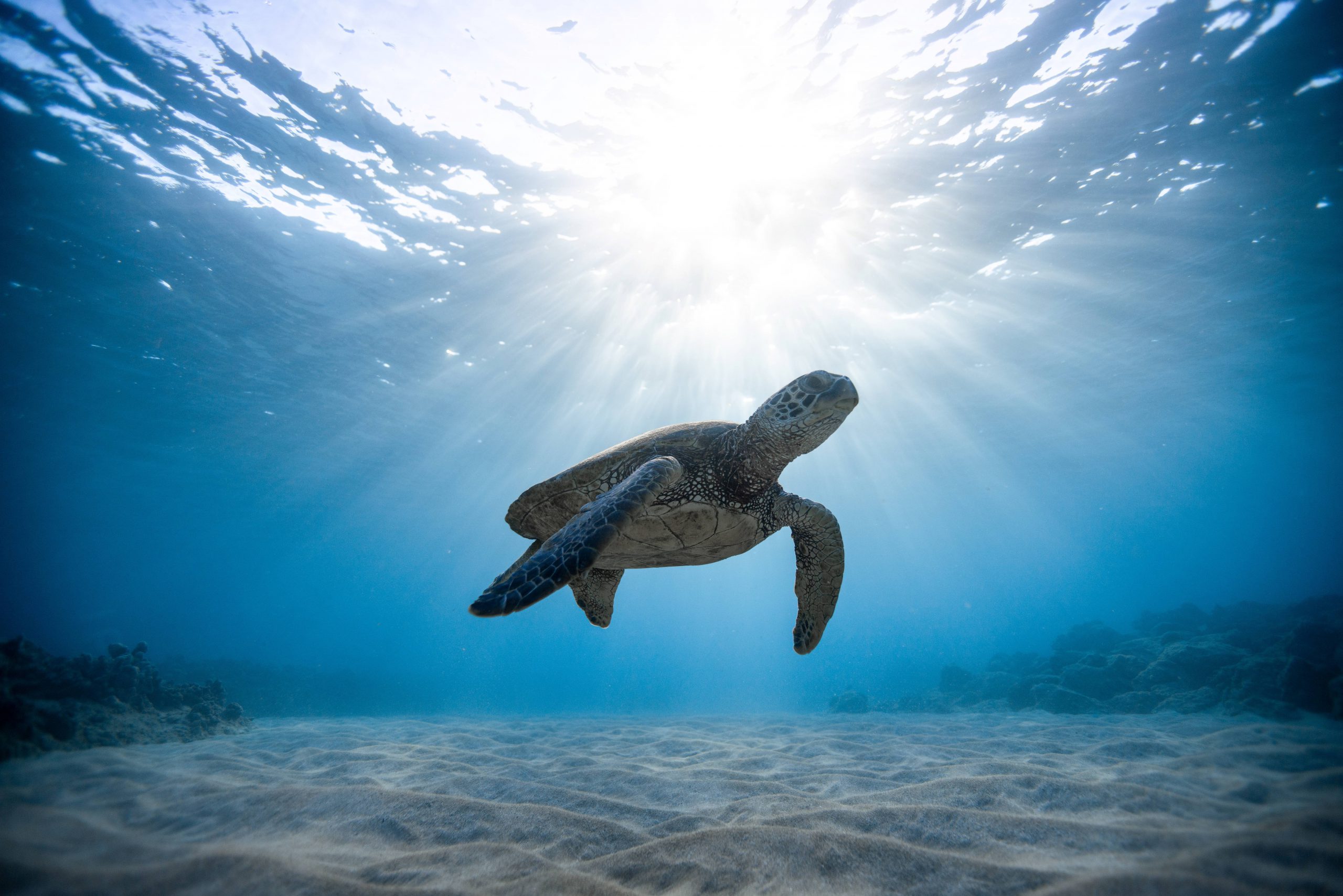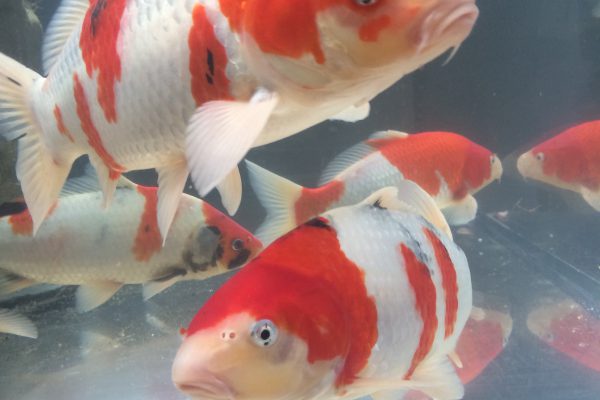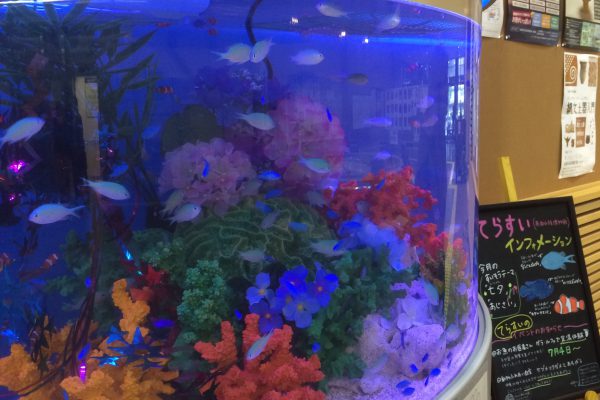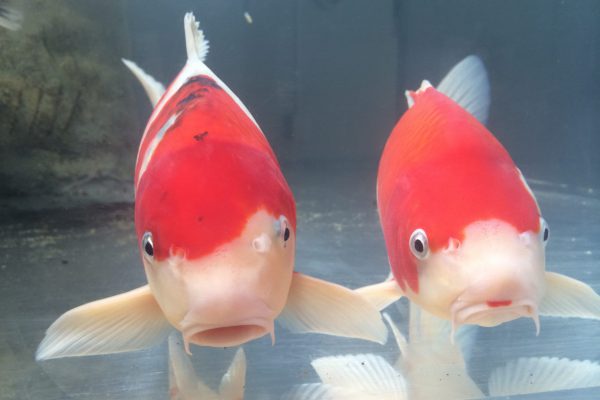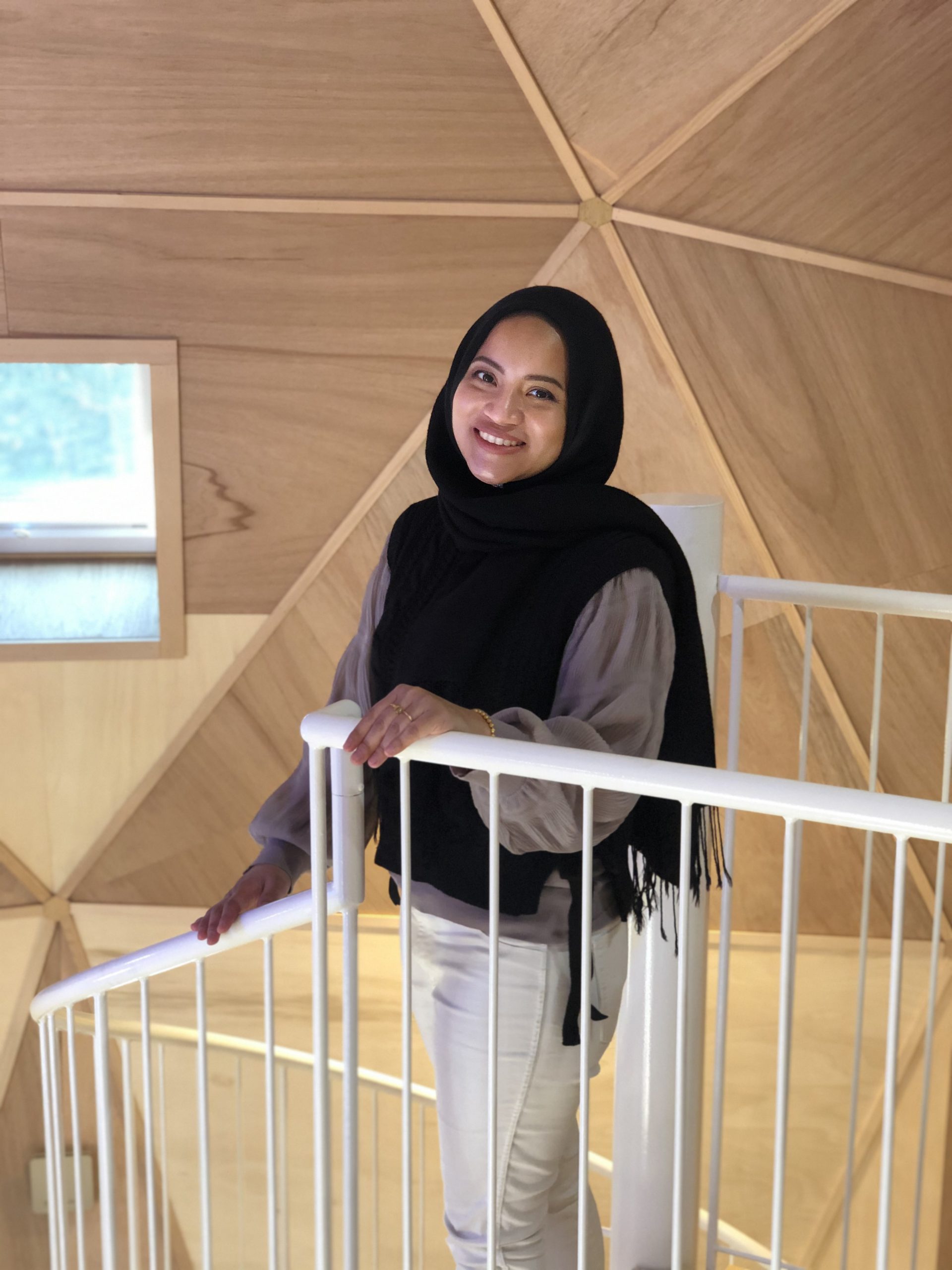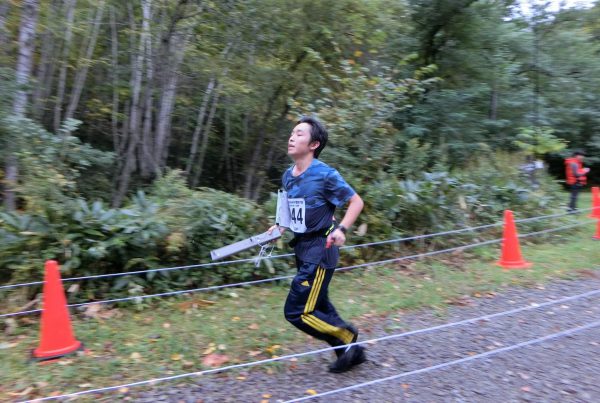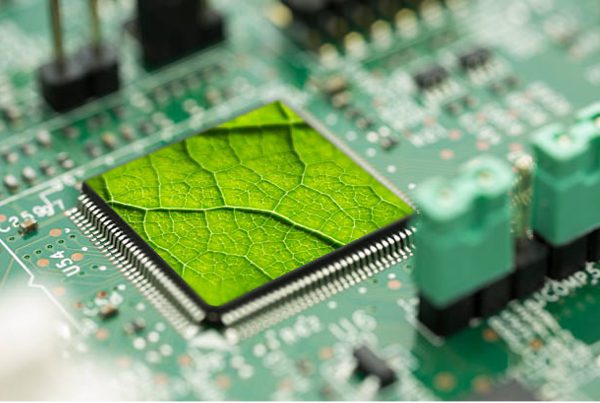The United Nation’s Sustainable Development Goal (SDG), also known as the global goals, is a universal call to action to end poverty, protect the planet and ensure that all people enjoy peace and prosperity by 2030.
The Nagaoka Review team sat with Dr. Nur Adlin bt. Abu Bakar of the Nagaoka University of Technology to talk about her passion for water and how her work brings direct impact on SDG Goals especially on Goal 6: Clean Water and Sanitation, Goal 11: Sustainable Cities and Communities, and Goal 13: Climate Action.
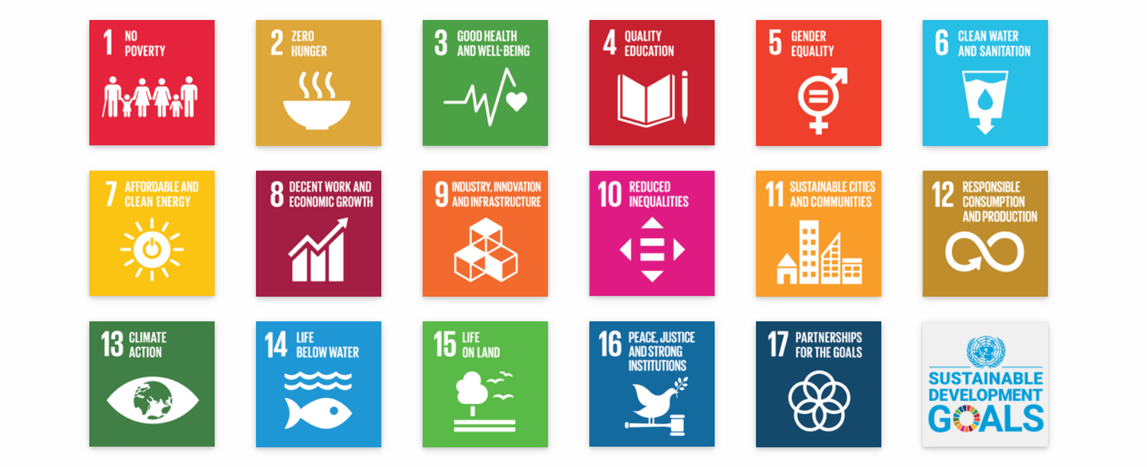
The United Nation’s Sustainable Development Goals (SDGs).
Image via undp.org
Getting to know Adlin
Hi, my name is Nur Adlin and I am from Malaysia. I am currently working at the Nagaoka University of Technology as an Assistant Professor at the Department of Science of Technology Innovation. Together with Kaida-sensei, I sit with students and brainstorm with them to create new ideas and solutions for our clients.
In my university days, I belonged to the Aqua and Soil Environmental Lab at the Nagaoka University of Technology (NUT), studying the development of water treatment system.

With the background in water treatment field, a group of researchers from my former laboratory and I are collaborating with the Idea Dojo. We work on securing and supplying water for the Sprix Dome using our very own water treatment system (the down-flow hanging sponge system).
The idea is to make Sprix Dome as water efficient as possible. With that in mind, we utilize rainwater for domestic use and reuse treated greywater for flushing the toilet. This study is also a joint research project with the Tokyo Electric Power Company Holding Co. Ltd. (TEPCO) on disaster prevention and mitigation.
I am a graduate of this university, and the opportunity to work at the university is my way of contributing back to the university and the society.
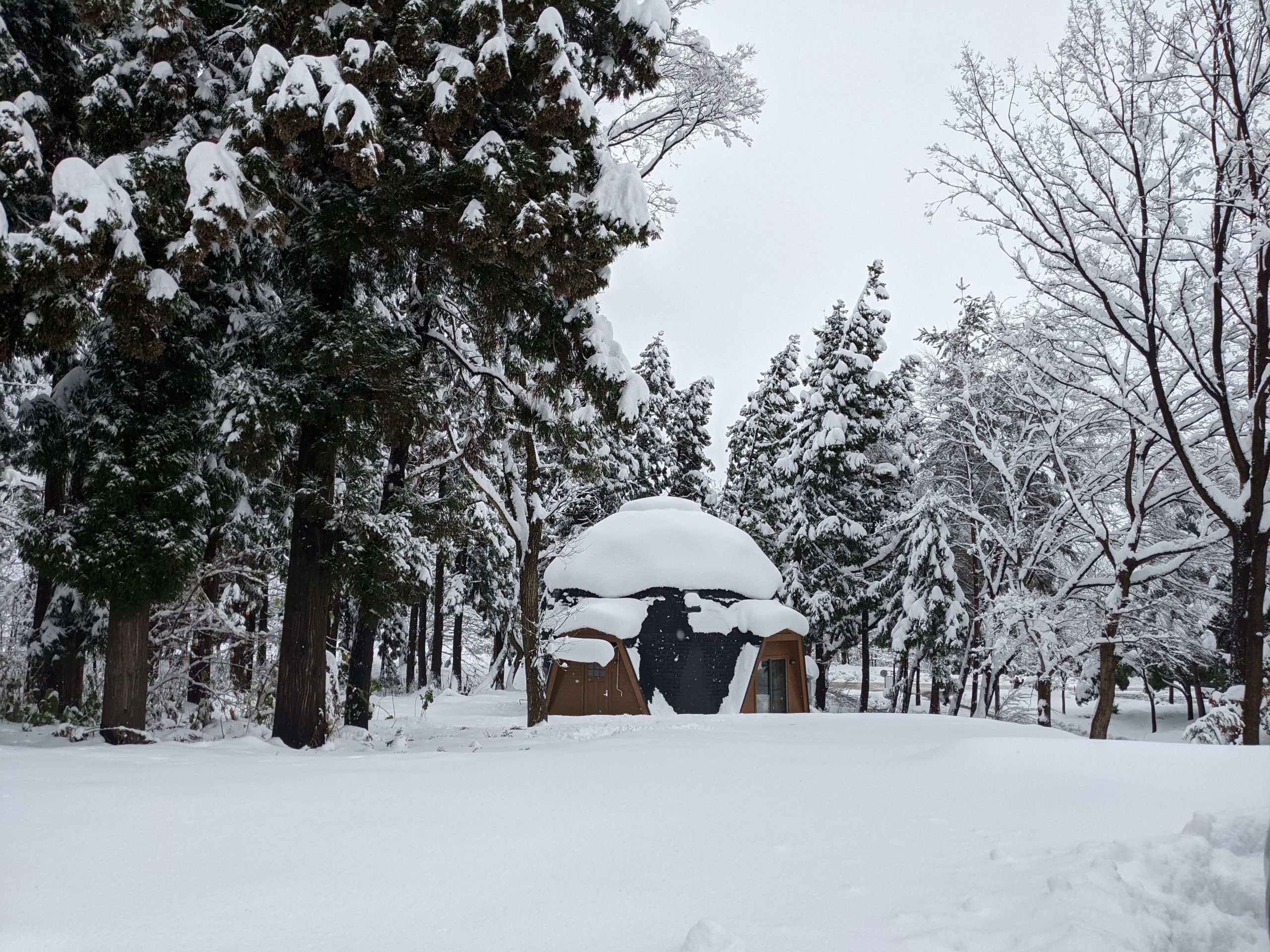
Sprix Dome in winter. Located in the Nagaoka University of Technology.
Image by Michelle Lim.
The Water Connection
Since I was a child, I have always been fond of water. I love swimming and going to the beach. Watersports is always a YES for me. So, I was not very surprised when I decided to get into Ecolab (also known as Yamaguchi sensei’s lab at our university). It is a very popular lab, making the entry barrier much higher than I anticipated. I am glad to have this opportunity to be accepted into the lab.
We work on wastewater treatment during my days at the university. I was particularly interested because I always wonder what we could do with the “dirty” water after it is being used. Why don’t we do something to treat it so we could always preserve clean water even for the future generation?
We work on sewage, industrial waste as well as aquarium. I am currently developing a zero water exchange system for aquarium using the down-flow hanging sponge DHS system. In short, the media in the DHS reactor is like a filter but unlike sand filter that is bulky, this filter could be made small, or about 1% of the aquarium size. We have been working on this project for 3 years and counting. The best part is, DHS rarely clogs, comparing with normal filters.
Currently, we are able to eliminate water exchange in the aquarium in our laboratory for 425 days. All the fish are surviving well, and no negative health effect were observed during the entire study.
Fish in the aquarium in healthy condition after 425 days.
Image courtesy of Dr. Nur Adlin.
Research is Life
How can I describe my research? That is a good question!
Ultimately, my research HELPS PEOPLE. It is not about enriching oneself financially, but it is about helping people improve their quality of life, focusing on the Sustainable Development Goals as well preserving resources for future generations. In short, it is all about creating real impact.
The intrinsic motivation is what I am after. Imagine the elation of seeing people drink clean water when they otherwise do not have access to it.
Image on left: Clean water is a basic human right. Image by Liz Martin via Unsplash
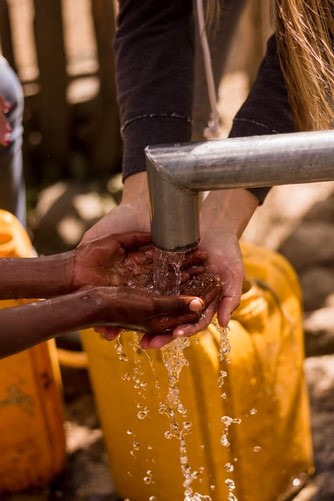
Inspiration
Back then as a research student, I had opportunities to visit many countries to advance our research and learn from other industry experts around the world. One thing that thoroughly struck me was my trip to India during M1 (Masters first year). Our lab had a collaboration with JICA and we had the opportunity to visit the sewage treatment plant there.
The experience of seeing kids around the ages of 5 and 6 working near the sewage plant got to me, and I found myself close to tears. In this trip, our team also noticed that the dogs around the area looked thin and frail. When asked why the locals did not feed the dogs, we were more taken aback by their reply, “Ma’am, we don’t even have enough food for ourselves, how can we feed the dogs?”
Seeing this with my own eyes made me realize how privileged we are to have a roof over our heads and food for sustenance. How could it be that someone could be living in relatively comfort while many other people around the world do not even have proper access to clean water and sanitation?
I became more determined to make clean water more accessible and affordable for everybody.
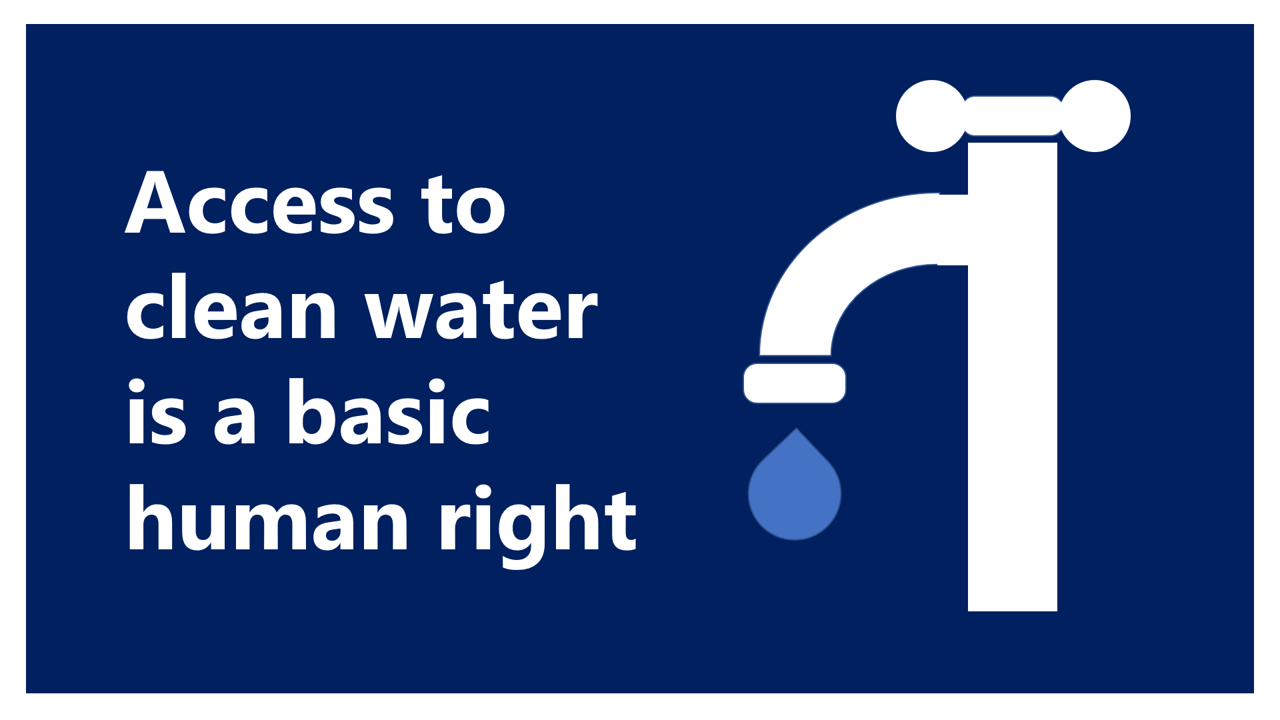
The Technology
In short, our technology can improve the lives of people in the world. It is cost efficient and makes reusing water a possibility. We call it DHS which stands for Downflow Hanging Sponge System.
This technology was invented and developed by Dr. Hideki Harada, a former (now retired) professor at the Nagaoka University of Technology. My lab members and I belong to the “DHS group” in the university.
We are utilizing this technology to secure and supply better water efficiency for the Sprix Dome.
The “Self-supporting water purification system without power supply” is a joint research between Aqua and Soil Laboratory Lab (Yamaguchi lab) and TEPCO. Originally developed to address water crisis during natural disaster, the system purify water through a series of process so that it can be reused as domestic water. Thus, reducing the demand for domestic water during the absence of water supply.
The Idea Dojo adopted this system to demonstrate and evaluate the performance of this system. The success of this system is predicted to contribute to Sustainable Development Goal (SDGs) Goal 11; sustainable cities and communities and Goal 13; climate action.
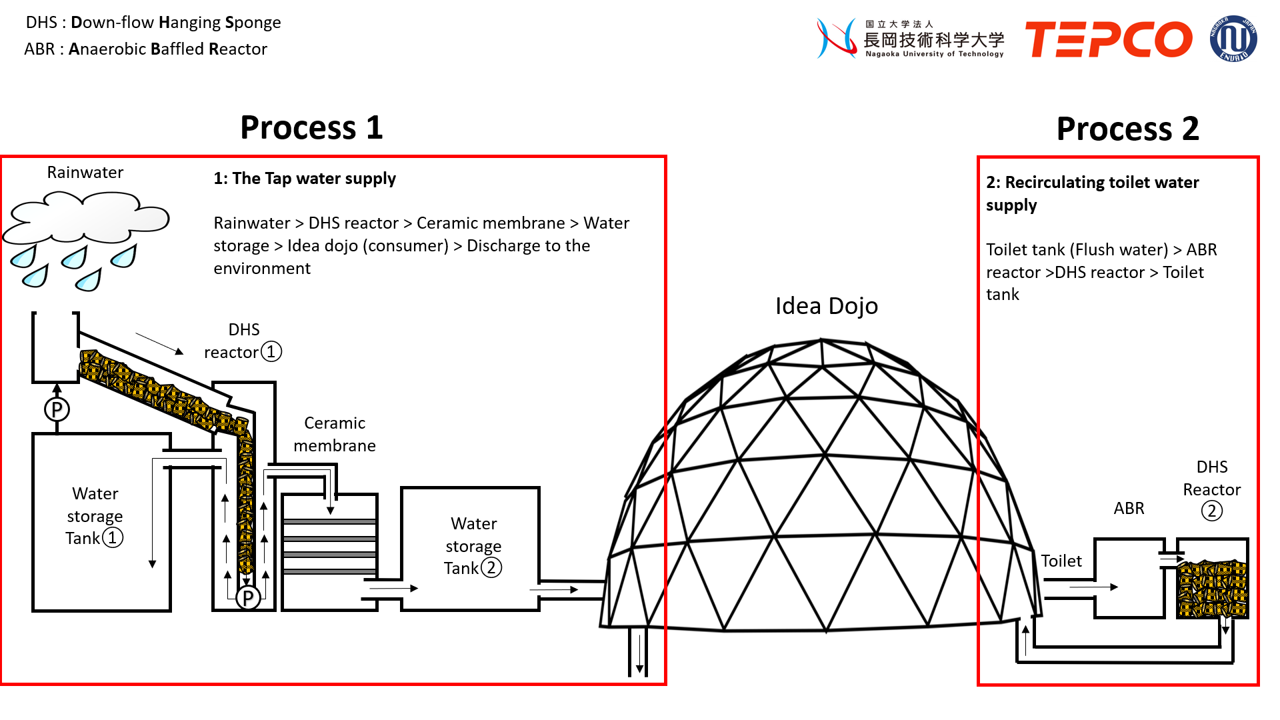
The system consists of two separate systems. Image courtesy of Dr. Nur Adlin.
Process 1: Tap Water Supply, and process 2: Recirculating toilet water supply – Toilet tank (Flush water)
Personal Experience in Japan
I have been living in Japan for 11 years and counting. Whenever people ask me why I chose to come to Japan, I used to find it a little challenging to find an answer. But later, I realized that we could only connect the dots later. Back then, I was offered a scholarship to study in Japan and that was the biggest reason. But looking back, I also wanted to learn a language other than my own hence my decision to select a non-English speaking country.
I wanted to explore the Japanese life as I was impressed by their politeness and punctuality. They have a different working style and they are always hardworking. So, when I first came to Japan it was a huge cultural shock for me. But after meeting good friends and people around, I settled in well.

Sushi chef serving customers in a quaint shop. Japanese service, also known as Omotenashi in Japanese, is an art.
Image by Thomas Marban via Unsplash
Of Self-Discovery and Rejuvenation
Reflecting on my experience in Japan, I relate most with this Japanese art of repairing broken pottery called “Kintsugi”. This is an interesting word for me. It somehow gives me the feeling that something broken that is patched is made new. It becomes more beautiful and increases in value.
I first came to Japan at the age of 19. Being in foreign land with whole new system, I felt like I was all alone. I was in a school whereby everyone spoke Japanese. All classes during my college days were in Japanese, and I found myself having mountains of challenges ahead of me. It was a humbling experience knowing that I had a lot of limitations.
The feeling of homesickness started setting in along with isolation. But over time, I started making friends and that changed my experience here. I started accumulating great memories and I felt like the broken parts of me started patching up. And this process in turn created a “new me” itself.
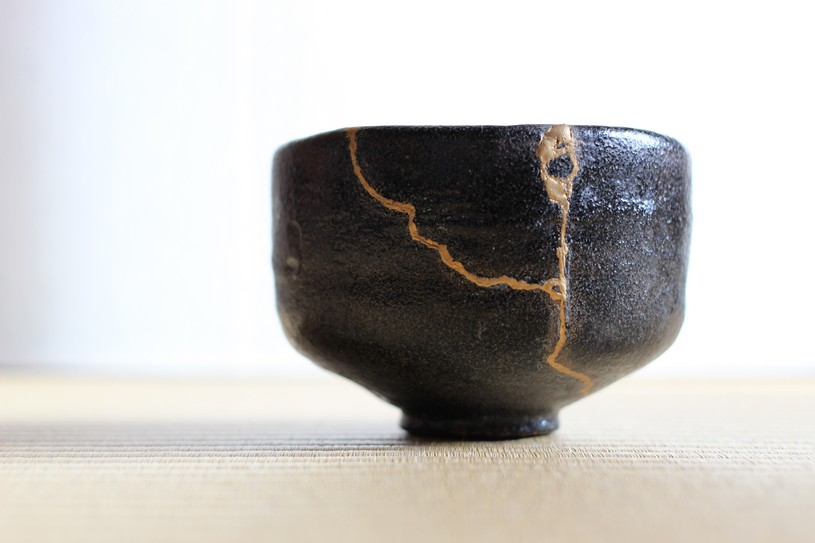
Kintsugi is a traditional art of mending broken pottery using gold. Image via Nanboya website
Overall, when I think back on the experience I had, I always come to the same conclusion; that I would not be who I am, had I not come to Japan. And should I have given up midway, I would not have had the chance to learn more about myself.
Forward Strategy
When thinking about solution, I see this as an “extreme affordability” wicked challenge that the society must tackle collectively. We need to find something sustainable rather than just doing a quick donation drive and give people money and take some photos for publicity. I realized that it is not about handing out money, but about utilizing my skills and knowledge in providing clean water and sanitation to people.

Water crisis is a wicked challenge that the society should collectively work on to solve.
Image via Policy Forum.
Future Outlook
I hope to start my own company and do something related to what I am working on now. But in my 30s, I do hope to have opportunities to travel around the world, especially to off-the-beaten countries such as Africa. My passion in water has always made me think of places with barriers to access clean water.
If an opportunity opens for me to collaborate on water treatment in Malaysia, I would be excited about it. It would be a great opportunity to bridge between Malaysia and Japan in bringing technology for the benefit of people.
In the distant future, I hope to work with the United Nations and in humanitarian aid so I could contribute and give back to the society that has taught me so much. I hope to do all these by 55 or before I retire. But for now, I would love to focus on increasing my skills and experience and leverage on my knowledge to come up with useful solutions. And I know that my decision in becoming a researcher is one step towards my ultimate dream.
About Dr. Nur Adlin
Dr. Nur Adlin is the Assistant Professor at the Nagaoka University of Technology in Niigata, Japan. With strong background in water treatment, she collaborates with organizations to invent and innovate new solutions to water challenges around the world.
In 2019, Nur Adlin’s team presented Ecoqua, a smart and innovative aquarium and was crowned the Champion in the Japan Business Model Contest (JBMC) in the final round (National level) before proceeding to the International Business Model Competition (IBMC) in Utah, United States. Ecoqua utilizes the DHS-USB system for aquaria.
Awards & Achievements:
- Best poster award, MMWWRR Symposium, Delft (Netherlands) 2017
Poster title: Reactor performance and identification of microbial community in down-flow hanging sponge (DHS)-up flow sludge blanket (USB) system - Kurita Prize, The 51st Annual Excellence Award JSWE 2017
Poster title: Ozone and DHS-USB System; The Potential Zero Water Exchange System For Aquaria - Science Agora Award 2017
Title: Challenge with parents and children! Let’s clear regional issues through 17 world targets! - Water and Environment Technology (WET) Excellent Presentation Award, WET Conference, Ehime (Japan) 2018
Title: Potential Elimination of Water Exchange Necessity in Recirculating Aquarium System Using Ozone-DHS-USB System - Champion, Japan Business Model Competition (JBMC) – Niigata round (第四北越FG賞) 2018
Title: Ecoqua – A smart and innovative aquarium - Champion, Japan Business Model Contest (JBMC) 2019 – Final round (National level) and proceeded to International Business Model Competition (IBMC) 2019 in the Utah, United States.
Title: Ecoqua – A smart and innovative aquarium

